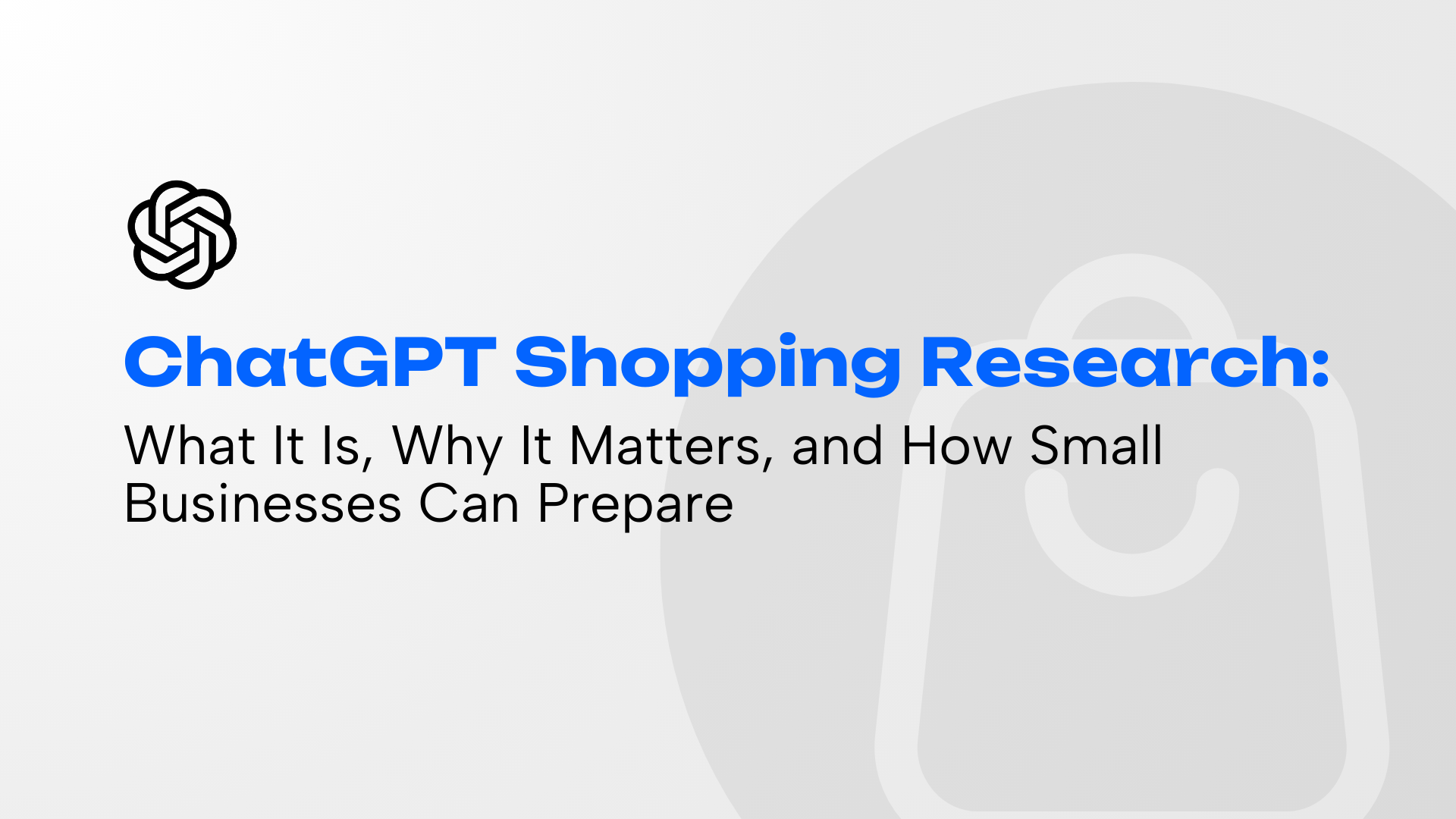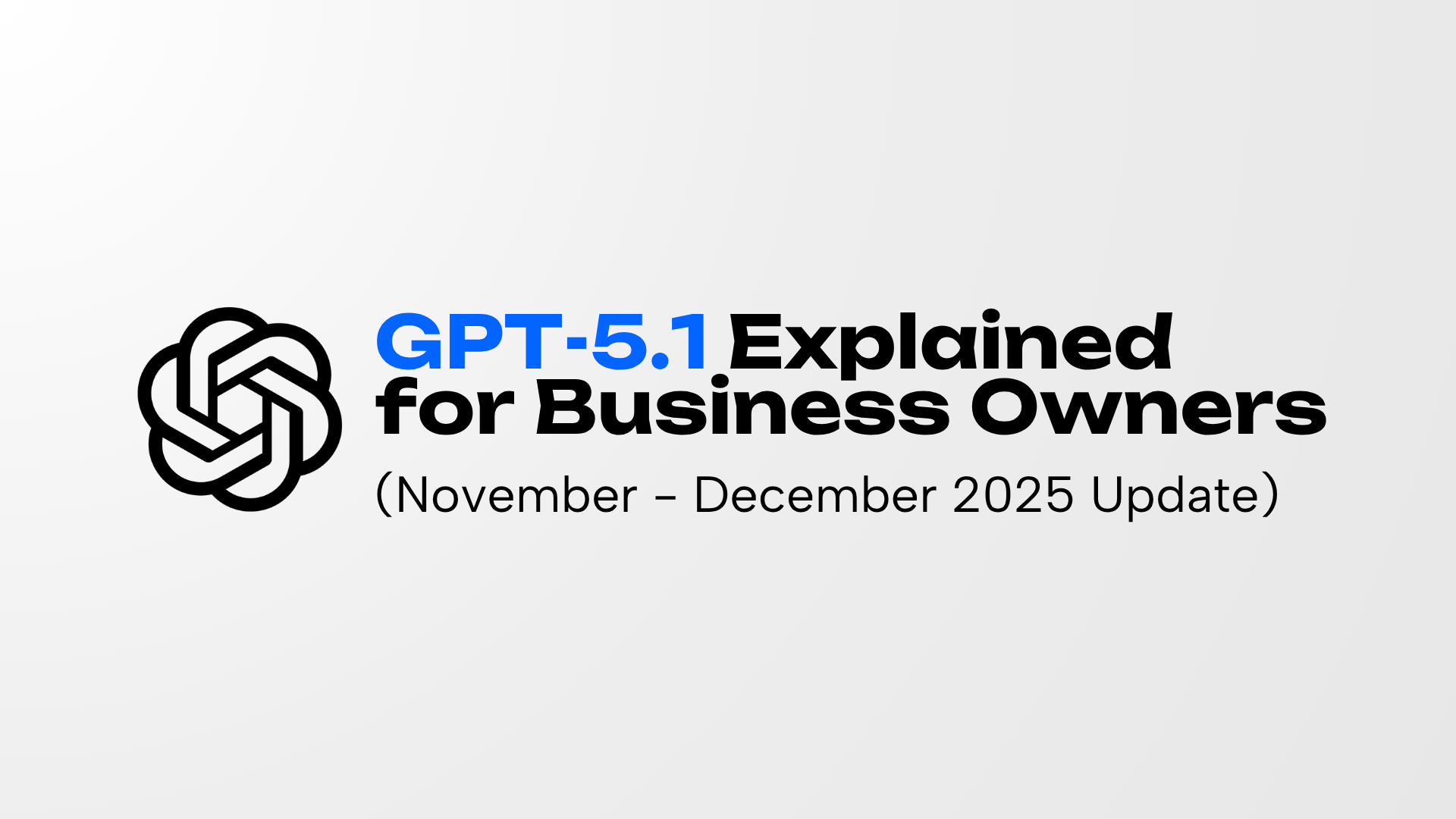DoFollow vs NoFollow Links: What’s the Difference and Why It Matters

When people talk about backlinks, they often throw around terms like “DoFollow” and “NoFollow.” But what do they actually mean - and why do they matter for your SEO and Domain Authority?
This guide breaks it down clearly so you can use backlinks the right way.
Quick Answer
- DoFollow links pass SEO value (a.k.a. “link juice”) and help boost your Domain Authority and rankings.
- NoFollow links don’t pass SEO value but can still bring traffic, visibility, and brand credibility.
- Both types of links matter in a healthy backlink profile.
What Is a DoFollow Link?
A DoFollow link is the default type of backlink. When another site links to you without adding any restrictions, search engines treat it as a “vote of confidence.”
- SEO value is transferred to your site
- Helps improve your Domain Authority
- Can directly impact rankings
Example of HTML:
<a href="https://yourwebsite.com">Your Website</a>
What Is a NoFollow Link?
A NoFollow link tells search engines “don’t pass SEO value.”
This doesn’t mean the link is useless - it can still drive real people to your site and strengthen your brand footprint online.
- No direct SEO value passed
- Still drives referral traffic
- Builds trust (used on ads, social media, blog comments)
Example of HTML:
<a href="https://yourwebsite.com" rel="nofollow">Your Website</a>
DoFollow vs NoFollow: Key Differences
| Feature | DoFollow Link | NoFollow Link |
|---|---|---|
| Passes SEO value | Yes | No |
| Boosts DA/DR | Yes | No |
| Google ranking impact | Direct | Indirect |
| Traffic potential | Yes | Yes |
| Common sources | Blogs, news sites, partnerships | Ads, comments, social media |
Why Both Types Matter
- A
natural backlink profile includes both DoFollow and NoFollow.
- Too many DoFollow links (especially low-quality ones) can look suspicious to Google.
- NoFollow links from big sites (e.g. Forbes, Wikipedia, Reddit) can still bring thousands of visitors - even if they don’t boost rankings.
How to Check If a Link Is DoFollow or NoFollow
- Right-click → Inspect the page (or use View Page Source).
- Look at the HTML code.
- If you see
rel="nofollow", it’s NoFollow. If not, it’s DoFollow.
- Use free SEO tools like Ahrefs, MozBar, or Ubersuggest to check link type at scale.
Linking This Back to Domain Authority
As we explained in our Domain Authority guide - DoFollow links are one of the biggest signals for improving your score.
But a smart SEO strategy uses both types to appear natural and trustworthy.
Final Word
- Don’t ignore NoFollow link - they can bring massive exposure.
- Prioritise DoFollow links when building authority.
- Always diversify your backlink sources.
Quick FAQ:
Do DoFollow links always increase rankings?
Not always. Low-quality or spammy DoFollow links can hurt your site. Focus on relevance and authority.
Should I avoid NoFollow links?
No. They may not pass SEO value, but they can still bring traffic and strengthen your brand.
How many DoFollow vs NoFollow links should I have?
There’s no magic ratio. Aim for a natural mix - Google values diversity.
Ready to Grow Your Business?



This is Ervins
and Peter
and Katerina
Whether you're just starting out or scaling up, we help businesses like yours stand out, attract clients, and generate real results.





